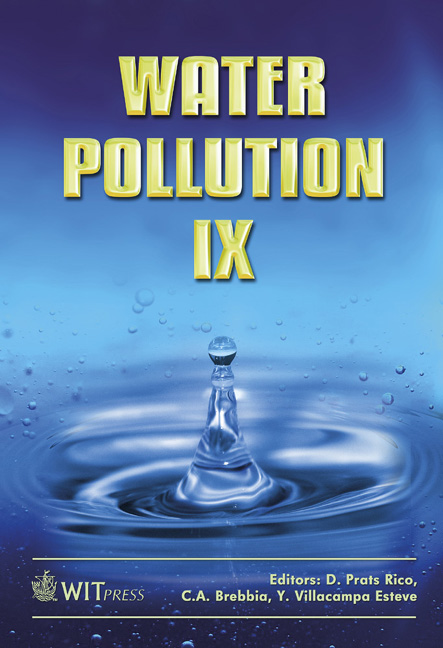Pollution Prevention In Food Industries Through Both Cleaning Of Closed Equipment With Ozonated Water And Cleaning In Place (CIP) Systems
Price
Free (open access)
Transaction
Volume
111
Pages
11
Page Range
615 - 625
Published
2008
Size
810 kb
Paper DOI
10.2495/WP080601
Copyright
WIT Press
Author(s)
A. Canut & A. Pascual
Abstract
Cleaning and disinfection are key operations in the food industry for safety reasons but produce a significant environmental impact in terms of water use and wastewaters as stated in the Reference Document on Best Available Techniques in the Food, Drink and Milk industries. Care areas rely on a range of chemicals such as chlorine, quaternary ammonium compounds, etc. Health and environmental concerns are supporting the need for alternative sanitation technologies. The data shown here is part of a LIFE project that aims to reduce the environmental impact of cleaning operations through the use of ozone, as it is a very strong oxidant and a wide spectrum antimicrobial agent with potential environmental benefits over other sanitizers. An analysis of the different factors involved in an ozone based CIP system is considered, comments in relation to Best Available Technologies concerning cleaning and disinfection are presented, environmental data related to in-process operations obtained in the collaborating industries of the winery and dairy sectors is shown and a pilot plant designed to perform comparative demonstration trials is described. The expected results of ongoing tasks are environmental indicators on water and energy consumption, wastewater quality and the cleaning and disinfection efficiency of ozone based cleaning versus conventional cleaning. Keywords: CIP, wastewaters, ozone, food industry.
Keywords
CIP, wastewaters, ozone, food industry.





